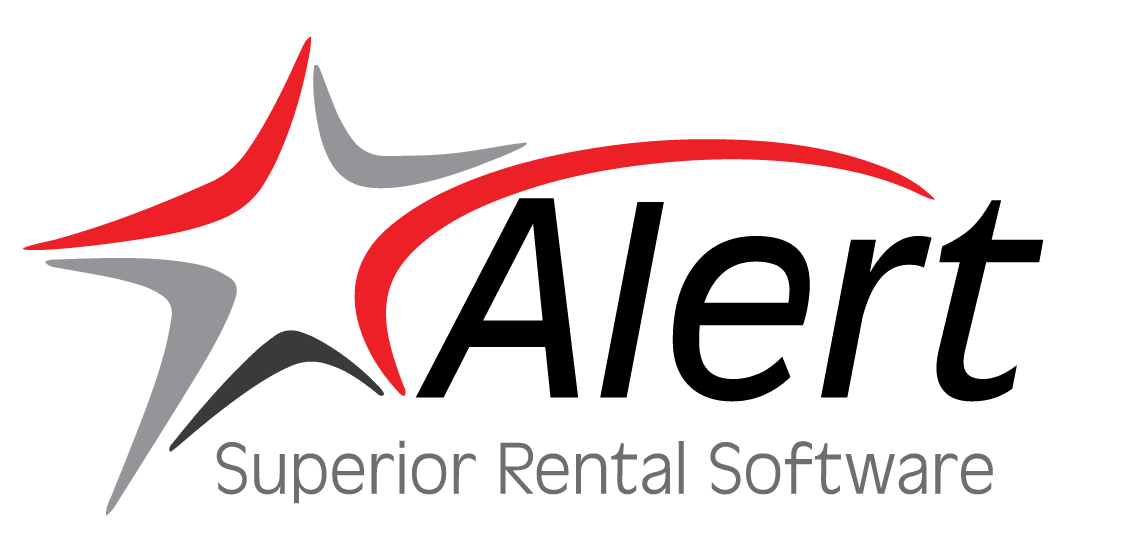Many of the most profitable rental companies have begun to experience the huge revenue generating power of the internet through their new websites.
These high profit rental operations have learned that the best way to capitalize on this revenue potential is to have a shopping cart that enables customers to browse and shop without coming into the store, often at night when the rental stores are closed.
A key question to be answered is “should I list my prices?”
Clearly there are problems with listing equipment rental rates. If the pricing does not meet the customer’s budget requirements they will likely move onto another website. Listing prices also enables competitors to under cut you without allowing you a chance to adjust your equipment rental rates to be competitive.
Unfortunately, if you do not list equipment rental rates, most potential customers will simply move onto the next website. These customers are often working at night and can’t call you. Most will assume the worst and conclude that your prices are not competitive.
The bottom line is that our most profitable clients have learned that they must list their prices in some fashion in order to reap the huge rewards of competing on the internet.
Many successful operators simply list their prices, making certain they are competitive. With this equipment rental pricing strategy, be sure to make it clear that your are accepting requests for reservations that will need to be finalized by your rental company.
Other successful operators, in intensely competitive situations, have learned that they must list their equipment rental rates in a less specific way, clearly signaling that prices have a degree of flexibility. Like those who simply list their prices, they also make it clear that they are accepting requests for reservations that will need to be finalized by the rental companies. Here are four different equipment rental business ideas so that you can list your prices in a way that will not leave you so vulnerable to competitive price cutting.
- Quote Cart. Rename your Shopping Cart; instead call it a Quote Cart. Display your equipment rental rates, but make it clear (see point #2 below) that they can safely assume that they may pay far less than what’s posted, giving them a sense of security and the encouragement to browse freely. Make sure that customers understand that there is no immediate purchase or agreement on their part to complete the transaction until after a reasonable quote has been made, reviewed and agreed upon. This strategy will become especially useful in situations where there is a lot of inventory being rented.
- Pricing Disclaimer. Add a vague sentence that suggests that your equipment rental rates are to some degree negotiable. For example, “Ask about how you can earn Special Discounts.” This may enable you to begin a conversation with the potential customer who would otherwise be turned off by your regular pricing; through this conversation you maybe able to arrive at a price compromise that will enable you to win the business.
- Log-In Pricing. In some instances, it’s smart not to display prices in your search results, since customers may not visit your website if they are greeted with pricing that doesn’t fit within their budget. A good way around this is to not display prices unless a customer is logged in. The act of registering to log in often puts the customers in a state where they would rather browse than move on to another site, as they have already put forth some effort. Importantly, this equipment rental pricing strategy also gives you the ability to follow up with deals and specials to help entice new customers who chose not to use your service after visiting your website.
- Category Pricing. Instead of going into detail item by item, it may be more feasible for you to assign each category a simple price range. For instance, dining ware sets could be priced at $5-$15/event. This would allow a wedding planner, for example, to make sure that the dining ware sets are within the budget. But, the customer won’t be scared off by directly stating the higher prices for the higher quality inventory. Itemized pricing can be worked out once the entire order is reviewed.
In a nutshell, listing equipment rental rates is the only way to stay current in a market where a growing number of potential customers will insist on browsing your inventory online before coming to your store. Most customers will not stick around if they can’t price compare. But, providing concrete prices can also lose potential sales. Be smart and use intelligent ways of providing the information while being clear that your prices are manageable and that your service is unparalleled.
One thing is certain: a good customer experience is the most important piece of the e-commerce puzzle. So, make sure that you have a good customer portal system set up. In addition, make sure your online inventory is clearly labeled, well photographed, and competitively priced.
This is an evolving area where new equipment rental business ideas and strategies are being tried regularly. The ultimate ideas on website pricing may not have been discovered yet. As always, I would welcome your additional equipment rental business ideas and experiences.

